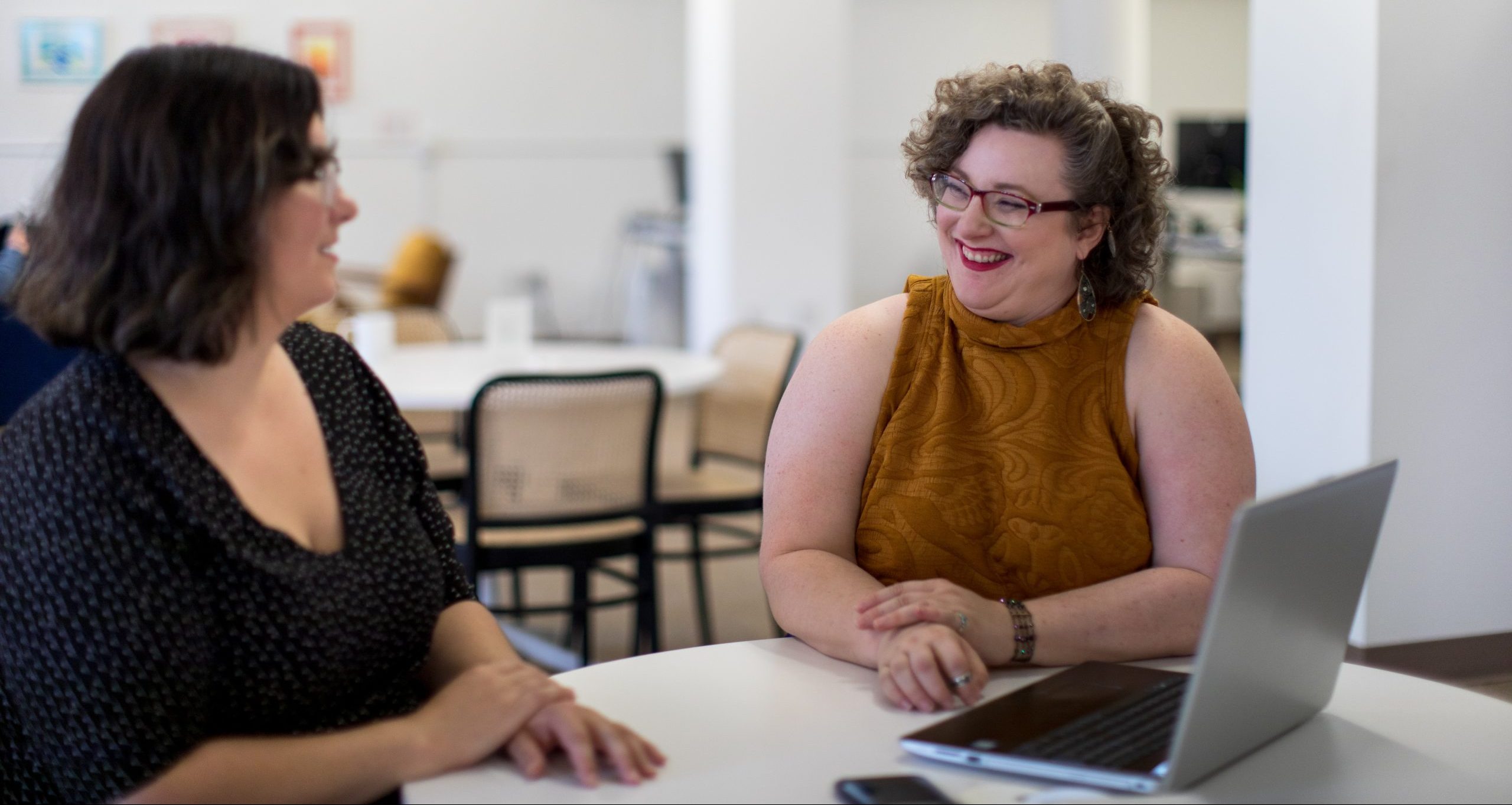
Social model of disability
The old way of thinking about disability focused on an individual’s impairment as a medical condition to be treated, fixed, or cured.
Fortunately, in recent times there has been a shift in the way disability is viewed and understood. The focus is now on the interaction with their environment.
Disability arises from the way people with disability interact with the world. Individuals encounter physical barriers, digital barriers and barriers of attitudes and communication. These barriers impact on an individual’s ability to equitably participate in society.
This shift in perspective takes into consideration that disability can be exacerbated by an environment that creates barriers. The focus is on removing barriers and implementing adjustments that provide an equitable experience for people with disability.
Legal definitions
There are at two official definitions of disability; the contemporary social definition provided by the United Nations Convention on the Rights of Persons with Disabilities and the national legal definition provided by the Disability Discrimination Act (DDA).
Both definitions aim to protect against discrimination and help all people to understand their rights and responsibilities.
United Nations definition
Australia is a signatory to the United Nations Convention on the Rights of Persons with Disabilities that defines disability as:
Persons with disabilities include those who have long-term physical, mental, intellectual, or sensory impairments, which in interaction with various barriers may hinder their full and effective participation in society on an equal basis with others.
Disability Discrimination Act (DDA) definition
The DDA legislation that protects Australians against discrimination based on disability provides a broad definition of disability including these eight types:
- Physical disability: Impacts mobility or dexterity
- Intellectual disability: Impacts ability to learn or process information
- Mental illness: Impacts thinking processes
- Sensory disability: Impacts the ability to hear or see
- Neurological disability: Impacts the brain and central nervous system
- Learning disability: Impacts acquisition, organisation, retention, and understanding of information
- Physical disfigurement: Impacts physical appearance
- Immunological disability: Impact due to the presence of organisms causing disease in the body